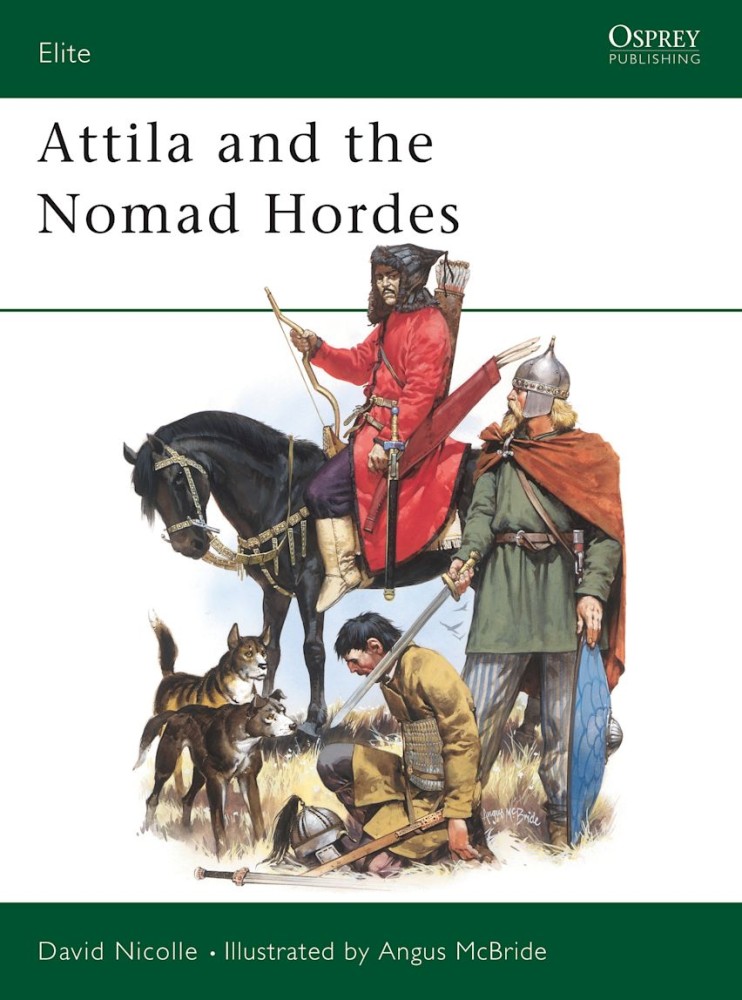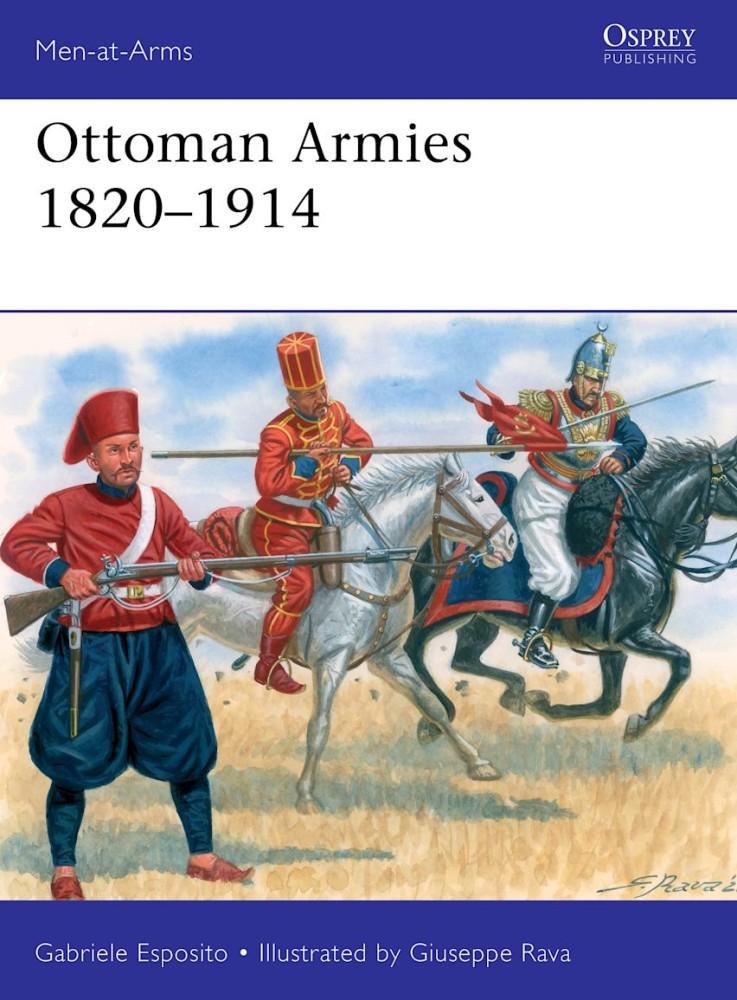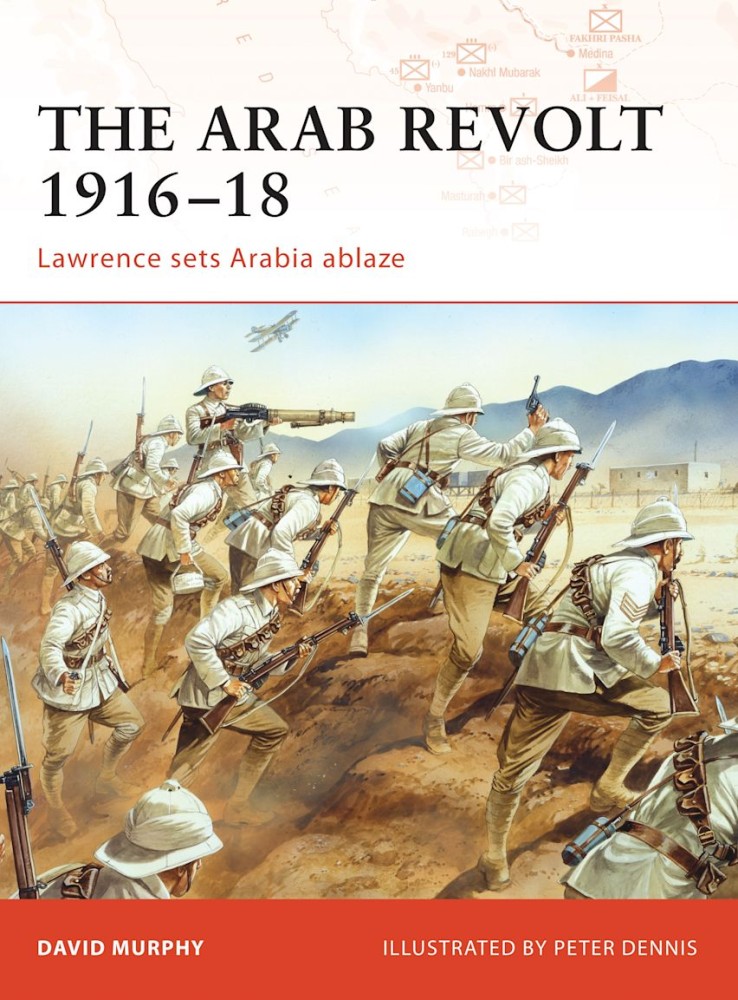Of all the conquerors who swept out of Central Asia, two names stand out in European memory – Attila the Hun and Genghis Khan the Mongol. Both are remembered for massacres and devastation; yet whereas Genghis is also famous for the laws he imposed on half of Asia and for the trade which flourished under Mongol rule, Attila's notoriety seems unrelieved by positive achievements. But what was Attila's short-lived empire really like? What happened to the Huns afterwards, and what role did the nomads of Central Asia play in the centuries between Attila and Genghis Khan?
This book describes and illustrates the armies of the embattled Ottoman Turkish Empire involved in 19th-century wars during the Empire's long spiral of decline.
During the so called 'long 19th century', between the end of the Napoleonic Wars in 1815 and the outbreak of World War I in 1914, the difficulties faced by the Ottoman Turkish Empire were a recurrent factor in international geopolitics. Against a background of Russian–Ottoman rivalry, France and Britain supported the Empire during the Crimean War (1854–56), but not in the Russo–Turkish War (1877–78).
Portraying the uniforms, arms and appearance of Ottoman troops during this period, this book traces the history of the Ottoman Empire throughout this period, when no fewer than ten wars of regional insurgency and foreign expansion against the Empire were fought in territories in south-eastern Europe, the Middle East and North Africa.
Using rare photos and illustrations from Turkish, Balkan and other sources, author, Gabriele Esposito details the history of the multi-ethnic Ottoman armies periodic attempts to modernize which enabled them to win some victories at a tactical level. But the Empire – 'the sick man of Europe' – lacked a coherent strategy or sufficient resources, and failed attempts to crush regional uprisings and to defend borders, saw the steady loss of territories. Due to misgovernment and economic failure, unrest finally boiled over in 1908–09, reducing the sultan's court to a largely ceremonial role, and installing a military government by the 'Young Turks' led by the general Enver Pasha.
This book is a vivid description of the organization, operations, uniforms and equipment of one of the most active and varied armies of the 'long 19th century' and paints a detailed picture of the Ottoman Empire's struggle to maintain control of its territories.
The Arab Revolt of 1916–18 was one of the most dramatic events of World War I. It resulted in the birth of the modern Middle East and also created one of the most enduring myths of the war: the story of Lawrence of Arabia. This book examines the revolt, describing and analyzing the background and events of the uprising. Breaking the process into several broad phases, the author examines the initial capture of coastal towns like Jeddah, followed by the raids on the Hijaz Railway, the seizure of Aqaba and the northward push of the Arab Army at Gaza, Jerusalem, Megiddo and Damascas.
Finally, this book describes how a local Arab rebellion grew to form a major part of Allied operations in the Middle East, as Arab tribesman who were merely troublesome raiders developed into a force which could oppose brigade-sized Turkish columns by 1918.



